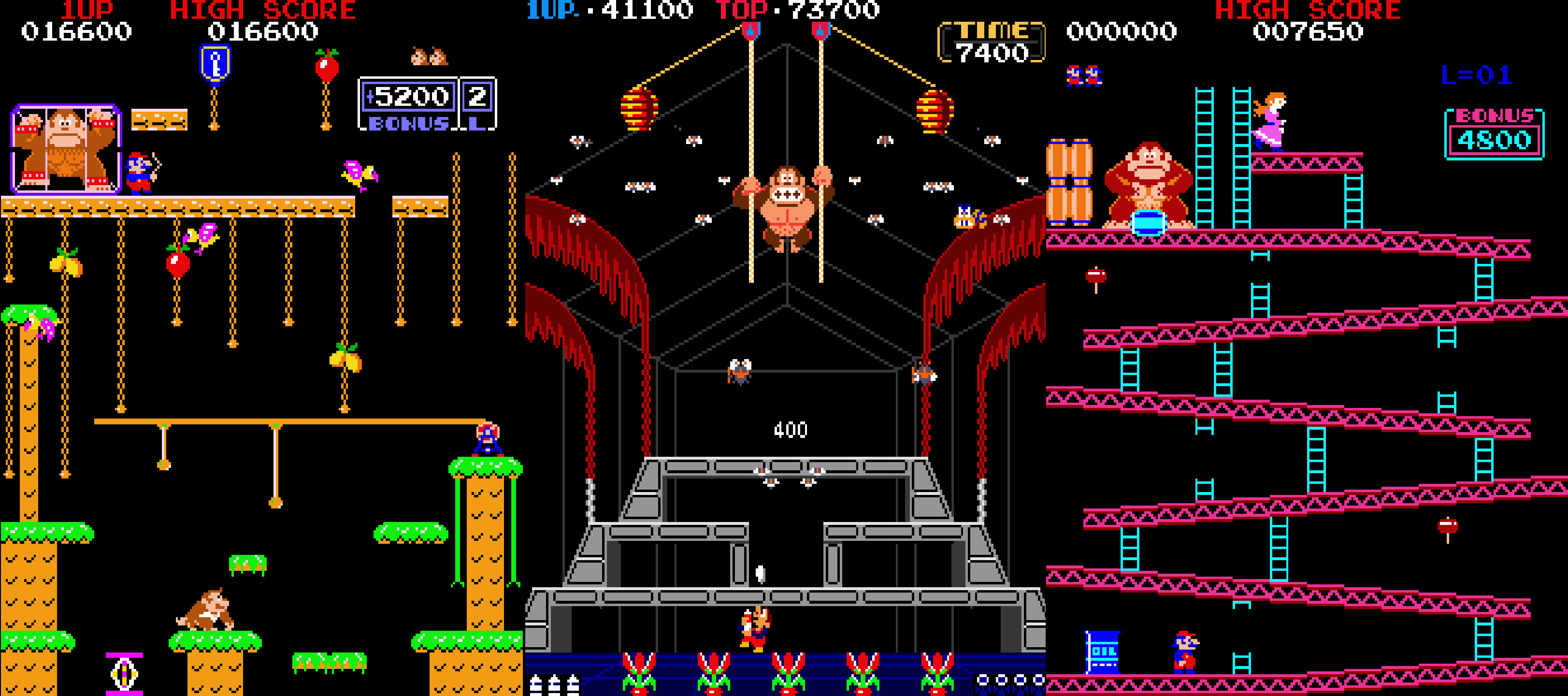Introduction
Nintendo has played a pivotal role in shaping the arcade gaming landscape. Known for their innovative gameplay mechanics and iconic characters, the company’s contributions to arcade gaming are undeniable. This list highlights the top five Nintendo arcade games that left an indelible mark on gaming history, ranked by their legacy and impact.
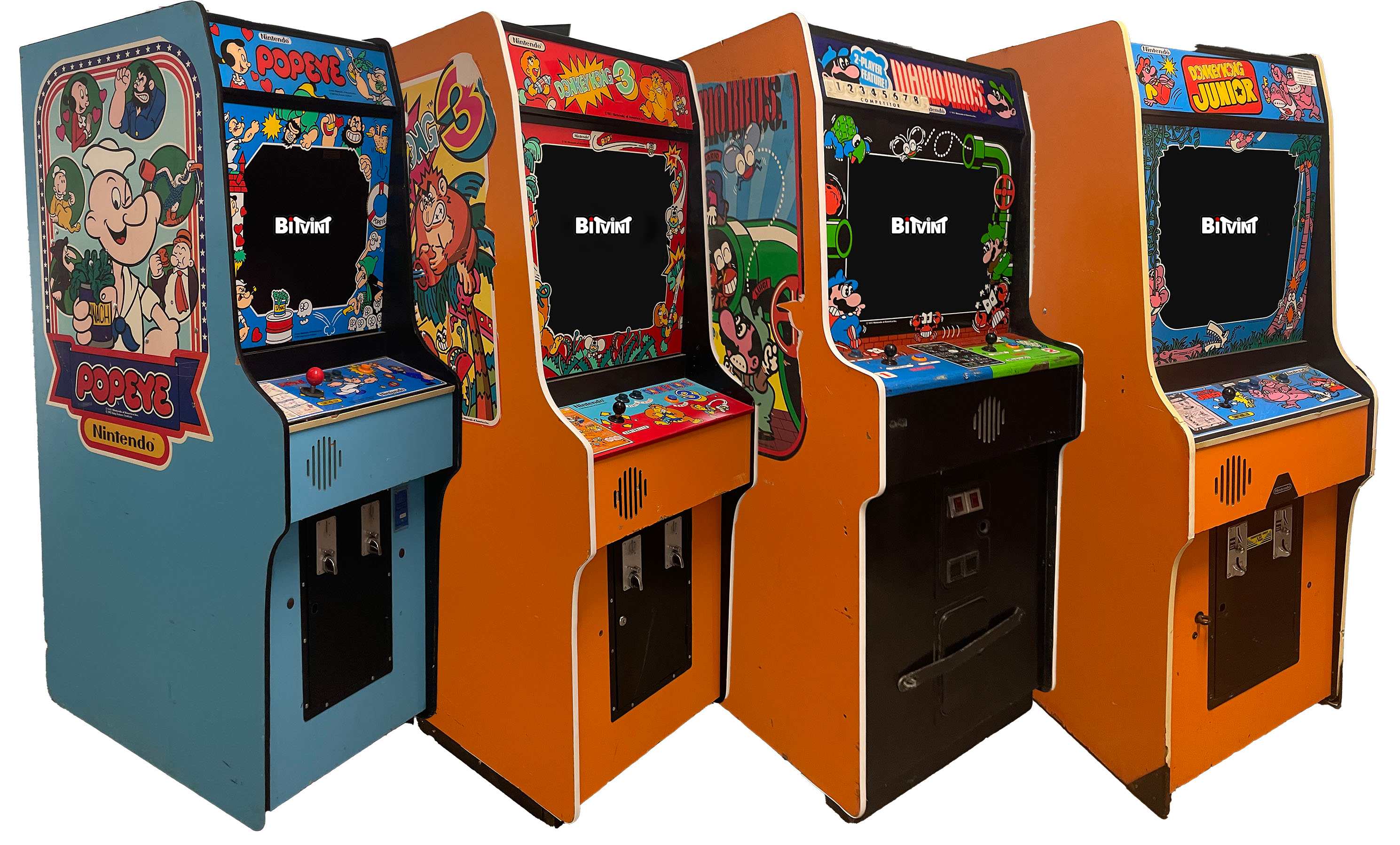
The Top 5 Nintendo Arcade Games
5. Popeye (1982)
Inspired by the beloved comic strip, Popeye tasks players with collecting items thrown by Olive Oyl while avoiding the menacing Bluto. The game’s vibrant graphics and faithful adaptation of the source material showcased Nintendo’s ability to translate popular media into engaging arcade experiences.
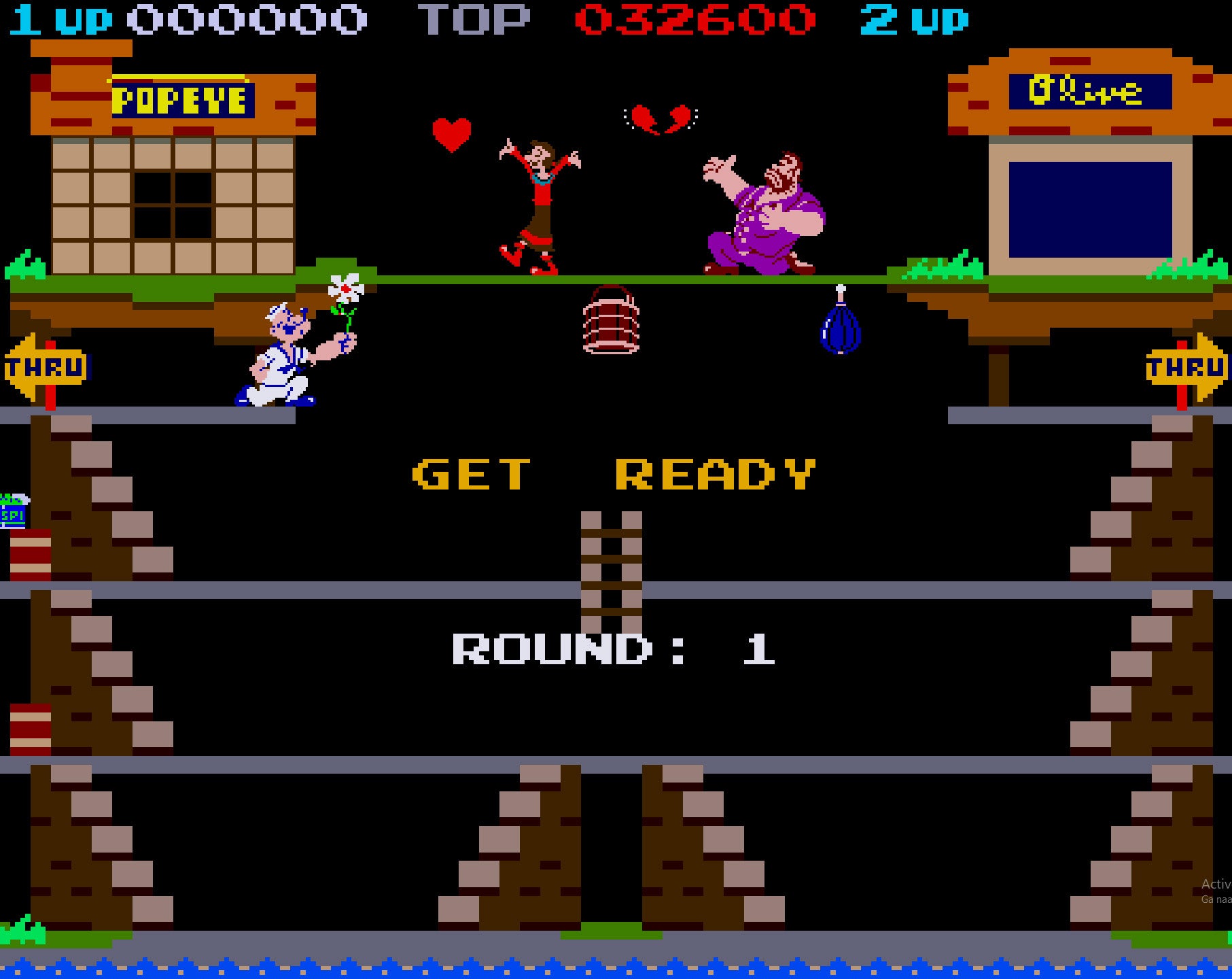
4. Donkey Kong 3 (1983)
The third installment in the Donkey Kong series introduced players to Stanley, a greenhouse worker fending off Donkey Kong with bug spray. With its unique twist on gameplay and the introduction of a new protagonist, Donkey Kong 3 provided a fresh take on the series while maintaining the challenge fans loved.
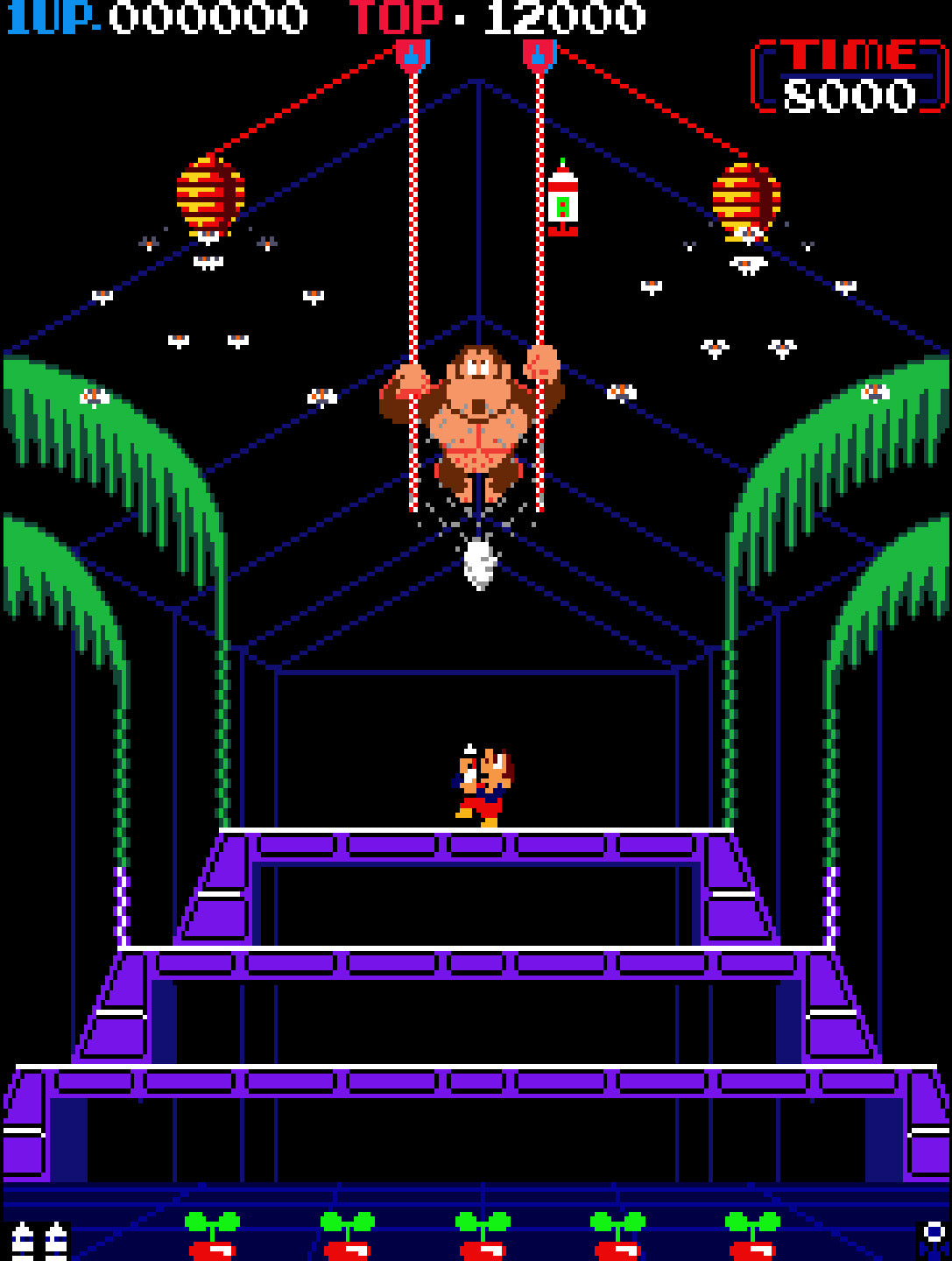
3. Mario Bros. (1983)
The first game to feature Mario and Luigi as a team, Mario Bros. introduced cooperative gameplay as the brothers battled shellcreepers and sidesteppers in underground sewers. Its simple yet addictive mechanics laid the groundwork for future multiplayer games and cemented Mario’s status as a gaming icon.

2. Donkey Kong Jr. (1982)
In this sequel to Donkey Kong, players take control of Donkey Kong’s son as he attempts to rescue his father from Mario. The reversal of roles and engaging platforming mechanics made Donkey Kong Jr. a standout title that highlighted Nintendo’s knack for innovation and storytelling.

1. Donkey Kong (1981)
The game that started it all, Donkey Kong introduced Mario to the world and defined the platforming genre. Players navigated barrels and obstacles to rescue Pauline from the titular ape. Its groundbreaking design, compelling gameplay, and cultural impact make it Nintendo’s most iconic arcade game.
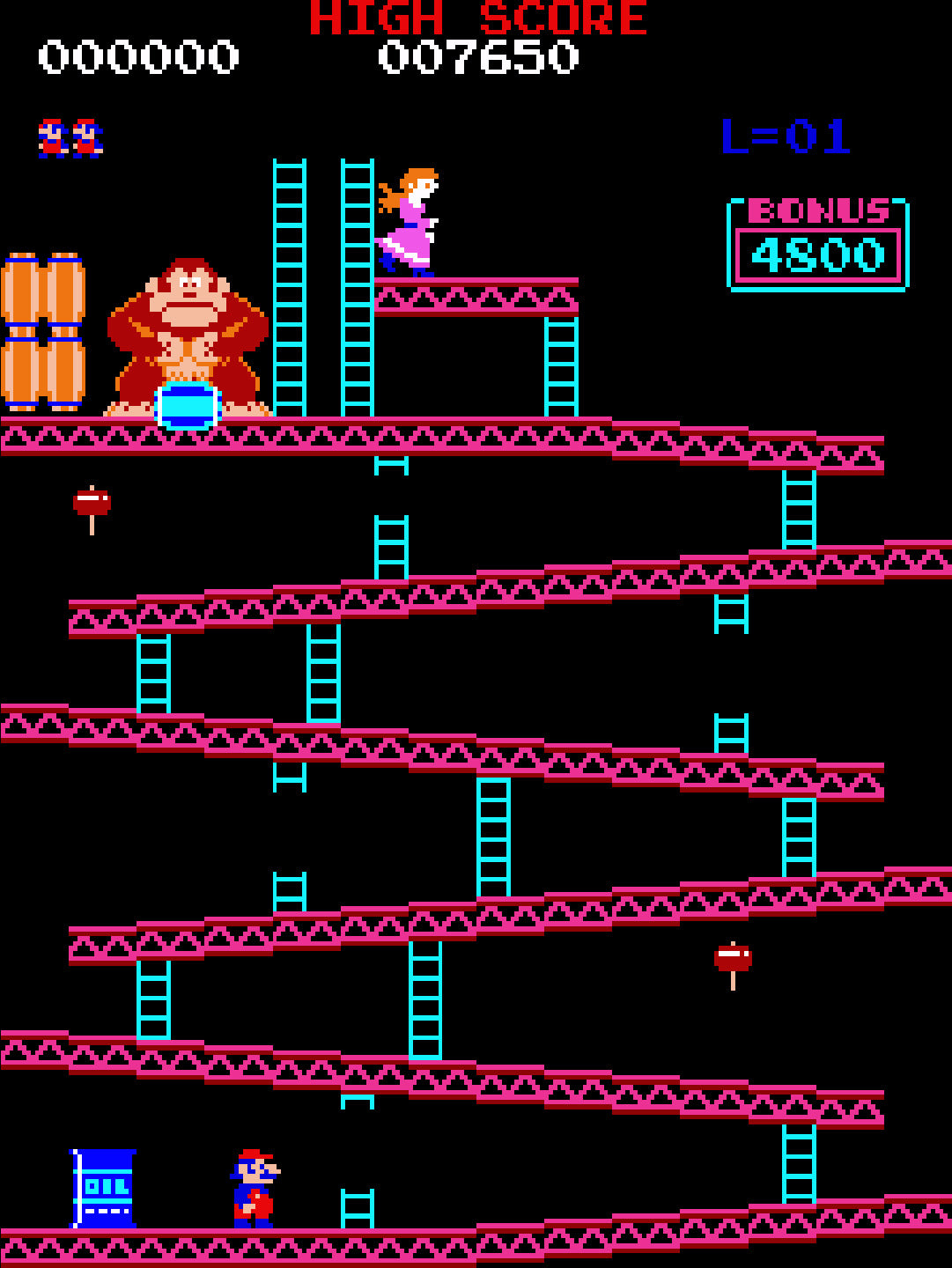
Cultural Impact and Legacy
Nintendo’s arcade games of the 1980s not only entertained millions but also laid the foundation for the company’s dominance in the gaming industry. Characters like Mario and Donkey Kong became household names, transcending the arcade to become cultural icons. These games exemplify Nintendo’s ability to combine engaging gameplay with memorable storytelling.
Conclusion
The top five Nintendo arcade games showcase the company’s early genius in creating captivating experiences that continue to influence gaming today. Whether it’s the groundbreaking Donkey Kong or the cooperative fun of Mario Bros., these games remain cherished classics that defined an era. Now it’s your turn—cast your vote and let us know your all-time favorite arcade game!🕹️
What's Your Favorite Nintendo Arcade Game?
Total Votes: 0
Current Results:
Related Pages
Questions you might have:
What are the most iconic classic arcade games from Nintendo?
The most iconic classic arcade games from Nintendo are legendary titles that have left an indelible mark on gaming history. "Donkey Kong" introduced Mario (then known as Jumpman) as he tried to rescue Pauline from Donkey Kong's clutches. "Mario Bros." featured the debut of Luigi and cooperative multiplayer gameplay, setting the stage for the Super Mario franchise. "Donkey Kong Jr." showcased players taking control of Donkey Kong's son, aiming to free his father from Mario's captivity. "Popeye" brought the popular comic characters to life, with players assuming the role of Popeye to rescue Olive Oyl from Bluto. "Donkey Kong 3" was a departure, being a shooter where players used insect repellent to fend off bees and Donkey Kong himself.
Which Nintendo arcade games introduced famous characters like Mario and Donkey Kong?
Nintendo's arcade games played a pivotal role in introducing iconic characters. "Donkey Kong" marked the birth of Mario, a character who would become Nintendo's mascot. Similarly, "Donkey Kong Jr." unveiled Donkey Kong's son, a precursor to the expansion of the Kong family. The introduction of Luigi in "Mario Bros." expanded the gaming universe, while "Popeye" featured the spinach-fueled hero and his arch-nemesis, Bluto.
What innovative gameplay features set Nintendo's early arcade cabinets apart?
Nintendo's early arcade cabinets showcased innovative gameplay mechanics that defined the company's approach. "Donkey Kong" introduced the concept of traversing platforms and climbing ladders, setting a precedent for platformers. "Mario Bros." innovated with its cooperative multiplayer, encouraging collaboration and interaction among players. These games laid the groundwork for Nintendo's future success, emphasizing gameplay depth and engaging mechanics.
How did Nintendo's arcade games contribute to the company's success in gaming?
Nintendo's success in gaming owes much to their early arcade games. "Donkey Kong" not only introduced Mario but also established Nintendo's reputation as a creative force. The games acted as a gateway for Nintendo to evolve from an arcade-focused company to a global gaming giant, fostering a loyal fanbase that would eventually transition to home consoles.
How did Nintendo's early arcade cabinets pave the way for their iconic franchises and characters?
Nintendo's early arcade cabinets established the company's reputation for creating enduring characters and franchises. The introduction of Mario and Donkey Kong not only propelled these characters to iconic status but also set the stage for the company's domination of both the arcade and console markets. The characters' legacy continues to thrive, influencing generations of gamers and shaping Nintendo's identity as a leading industry player.
What's Your Favorite Nintendo Arcade Game?
Total Votes: 0

